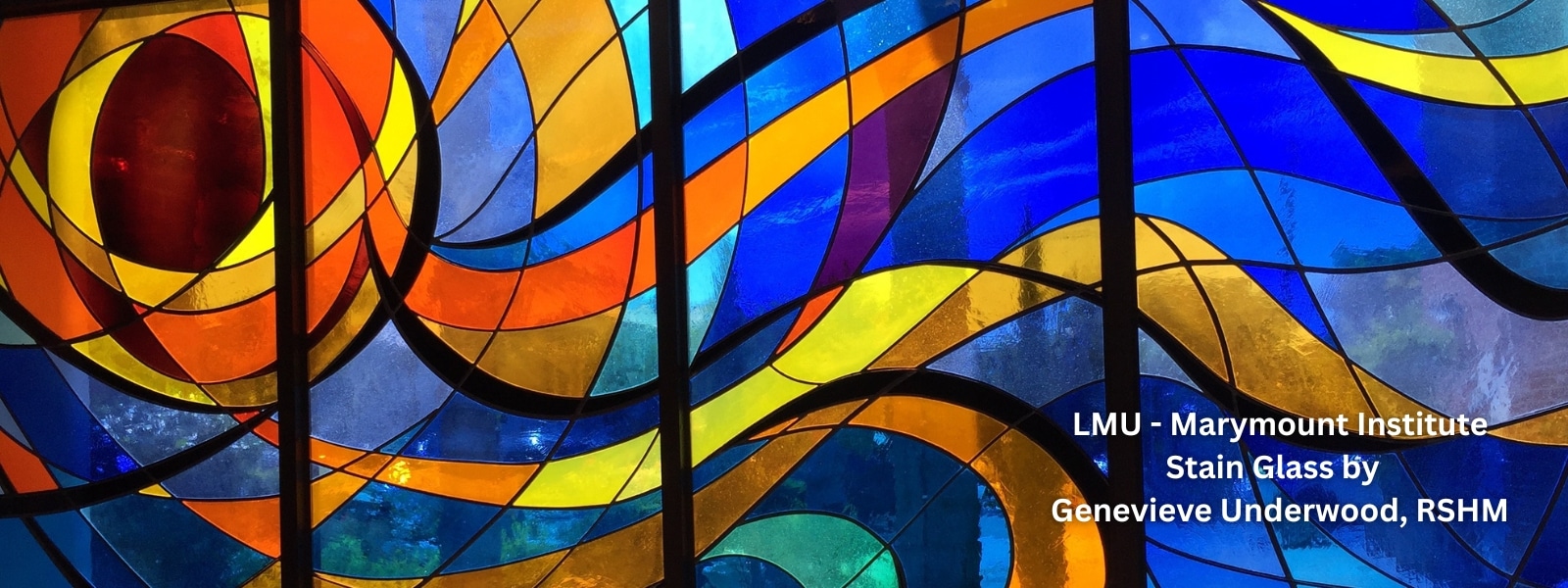Beginnings
The Institute of the Religious of the Sacred Heart of Mary was founded on February 24, 1849, when a group of women gathered together to form a community dedicated to the works of Father Jean Gailhac, a priest in Béziers, France. Appollonie Cure, Eulalie Vidal, Rosalie Gibbal, Cécile Cambon, Rose Jeantet and Marie Roques were joined a few weeks later by Marie Maymard. They took over the direction of the works of the Good Shepherd which included a shelter for women and an orphanage. The Institute grew rapidly and by the time the original group made their first profession in May of 1851 their number had grown to ten.
Each member of this group brought her own talents and capabilities; each one assumed responsibility for some aspect of their common mission. Led by Mother St. Jean, first superior, they sought to be followers of Jesus who came that “all may have life” (Jn 10:10) and to grow in knowledge and love of God.
The desire of the community to make God known and loved led them to focus their eyes on other shores. An initial attempt to establish a community in Callan, County Kilkenny, Ireland, failed because of a dispute between the parish priest and his bishop. The sisters were undaunted, however, and soon made their first foundation outside of France in Lisburn, near Belfast, in Northern Ireland. That foundation in 1870 was followed by a decade of expansion, not only in Europe but in the United States as well.
In 1877, at the invitation of American philanthropist Sarah Worthington King Peter, the Religious of the Sacred Heart of Mary crossed the Atlantic to establish their first foundation in the United States. Sarah Peter, a prominent Catholic convert and advocate for education and religious life, had encountered the RSHM during her travels in Europe and was deeply inspired by their commitment to education and social justice. Recognizing the need for Catholic education in the growing immigrant communities of New York, she invited the Institute to establish a presence in the Diocese of Brooklyn (which then included Long Island and eastern New York).
They began their work in Sag Harbor, New York. They quickly expanded their work into parochial and private schools primarily in the eastern United States. Marymount College in Tarrytown, New York was founded December 8, 1907. In 1923, a group of sisters were sent to California at the request of Bishop John J. Cantwell, founding in first Marymount School in the west, Los Angeles. Here also the work of the RSHM quickly spread to both parochial and secondary levels and, in 1947, Marymount College, Los Angeles, received its charter from the state of California.
As they responded to the needs of their times and reflected on the gospel and the origins of their Institute, the Religious of the Sacred Heart of Mary began to diversify their work beyond schools into other social, pastoral, and educational ministries. Their lives continue to be rooted in the gospel, in faith and zeal for Christ’s work in this world, and in a strong desire to make God known and loved.
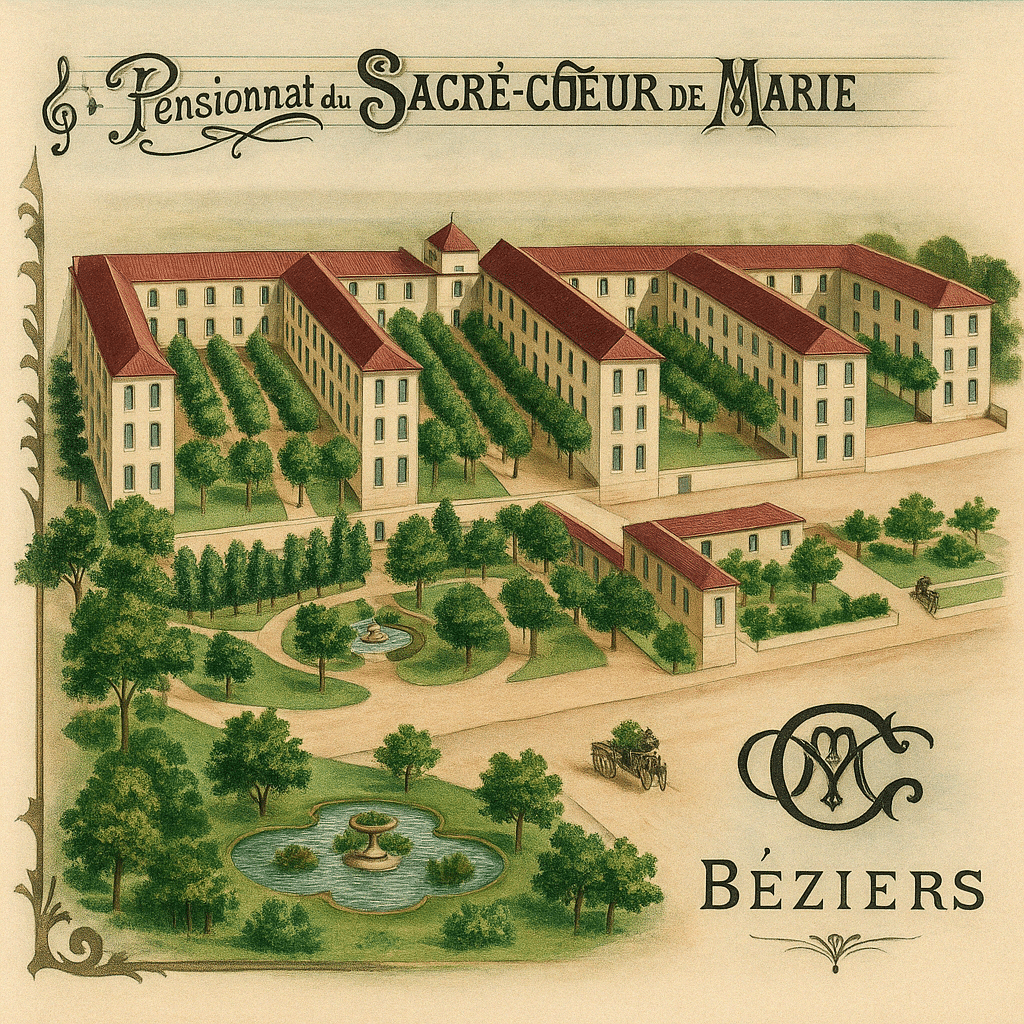
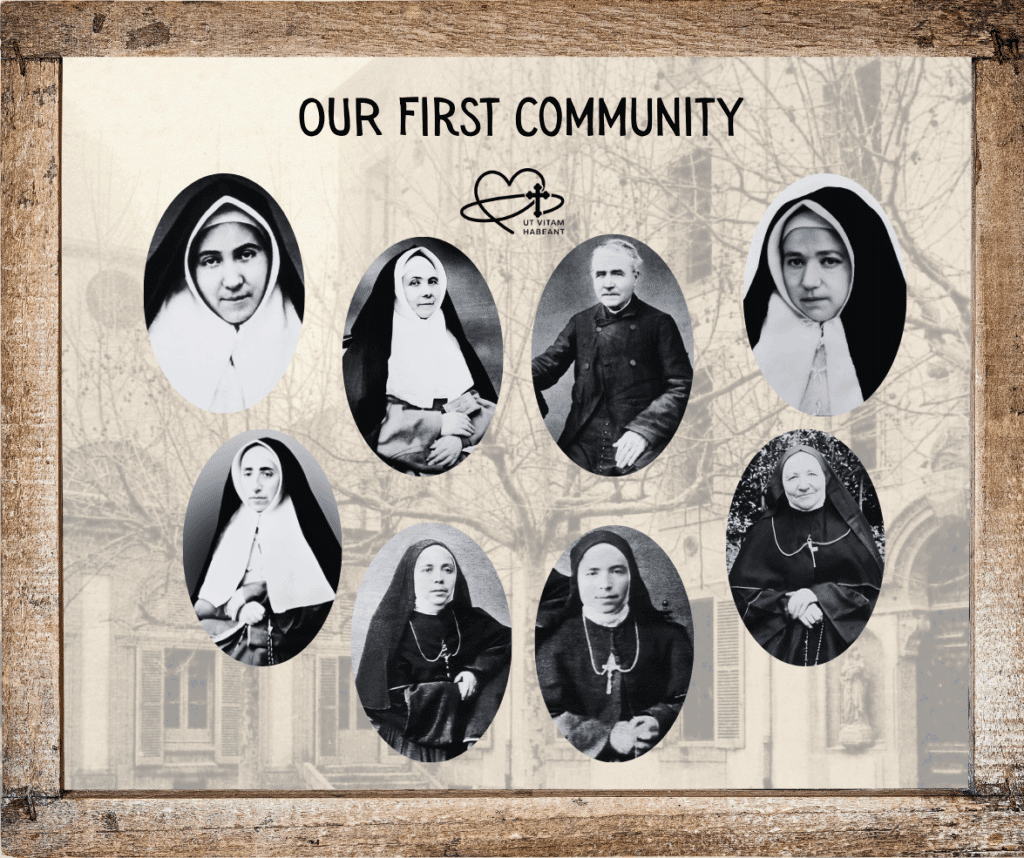
Our First Sisters
Soon after the newly formed group had taken charge of the Refuge, Father Gailhac gave each sister her name in religion and signed her particular duties. Appollonie Cure (Saint Jean Evangéliste) was named superior general and took over the administration as well as the general responsibility for the material and spiritual government of the Institute. Eulalie Vidal (Saint Croix) was her assistant, while Rosalie Gimbal (Saint Stanislas) was to be novice mistress. The names Saint Modeste, Saint Aphrodise and Sainte Agnés respectively were given to Rose Jeantet, Cécile Cambon and Marie Roques, all three lay sisters.
The First Community
Time of the Formation – The Call Made Clear
In the winter of 1849, amidst the chill of uncertainty in Béziers, France’s oldest town, a small group of courageous women, led by a grieving widow, made a life-altering decision. Drawn by the spiritual guidance of Father Gailhac, they chose to abandon all they knew and follow him. With unwavering faith, they stepped into the unknown, responding to the needs of their time, determined to dedicate their lives to a greater purpose.
They placed themselves and their resources at the service of those who were most in need, the women and children of the Good Shepherd. This bold decision gave birth to the Religious of the Sacred Heart of Mary, a new order dedicated to making God known and loved, uplifting and educating women and children, and embodying the enduring power of love and compassion for the powerless, the deprived, and the marginalized so that all may have life.
In February of 1849, a turning point arrived. The Sisters of Marie-Joseph, caretakers of the Good Shepherd, withdrew after Father Gailhac was unable to meet their financial request. This crisis, painful yet providential, became the moment God used to bring forth a new congregation. Though long in contemplation, the call now surged into action. The loss of Eugène Cure and Bishop Thibault’s affirmation of Appollonie’s vocation confirmed what Father Gailhac’s heart already knew it was time.
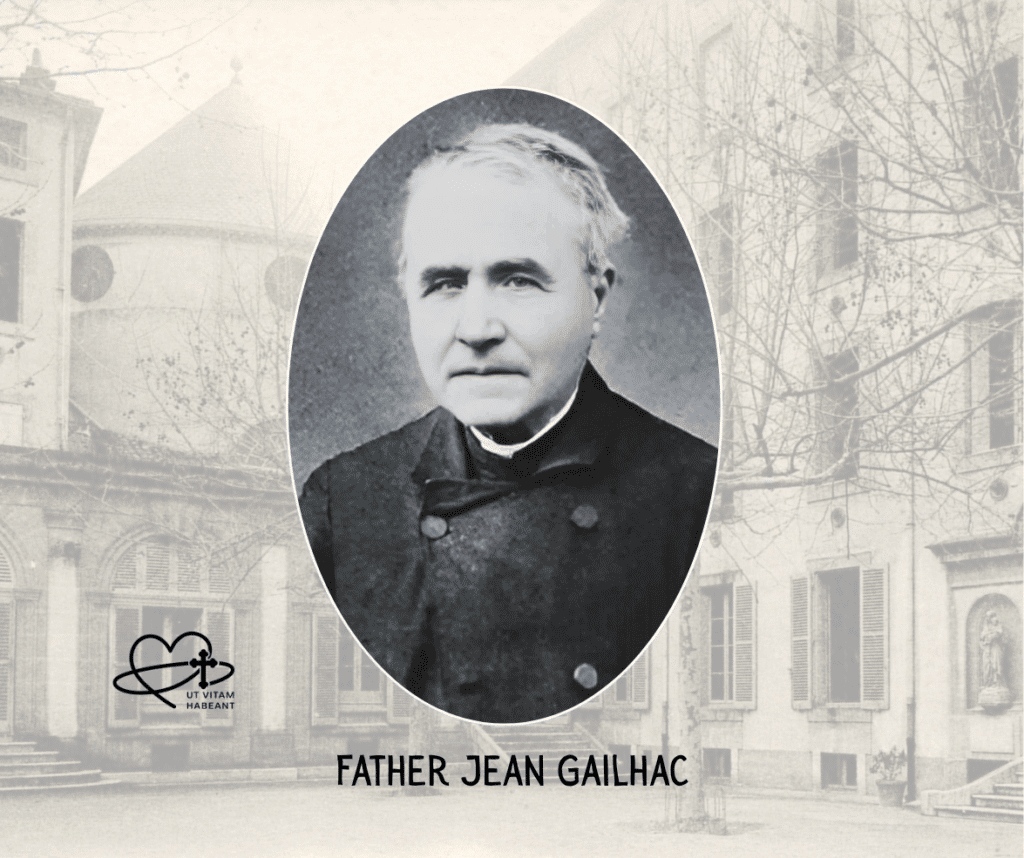
Jean Gailhac – The Founder
Born in 1802 in Béziers, France, Jean Gailhac was a child of deep faith and uncommon compassion. Even in his youth, he gave freely to those in need and found joy in spiritual devotion. Ordained in 1826, he devoted his priesthood to the marginalized, teaching, comforting the sick, visiting prisoners, and walking with the dying. His heart was especially drawn to women cast aside by society. With personal sacrifice and unwavering resolve, he sheltered them, restored their dignity, and offered hope. In 1834, aided by his friend Eugène Cure, he reopened the Refuge of the Good Shepherd, adding an orphanage soon after. Gailhac’s efforts were met with scorn, even violence, but he endured with humility and fierce love. To orphans, he was a father; to the poor, a shepherd. His vision, rooted in mercy and justice, blossomed in the founding of the Religious of the Sacred Heart of Mary, a legacy of compassion lived through action.
Appollonie Pélissier Cure – The Co-Foundress
Born in 1809 in Murviel-les-Béziers, Appollonie Pélissier was raised amid faith, refinement, and quiet strength. The only daughter in a well-established Christian family, she knew sorrow early with the death of a beloved brother. Educated and poised, she was prepared for a life of privilege. Her marriage to Eugène Cure, a barrister and close friend of Father Jean Gailhac, marked a union of shared ideals and devotion to the poor. Together, they supported Gailhac’s mission, funding chapels and aiding women and children in need. After the sudden loss of Eugène, Appollonie grieving yet resolute fulfilled their sacred promise to continue this work. She offered her wealth and her life to God’s service. In doing so, she became Mother St. Jean, co-foundress of the Religious of the Sacred Heart of Mary. With quiet courage and boundless generosity, she transformed grief into grace, and legacy into living faith, planting seeds of compassion that would bloom for generations.
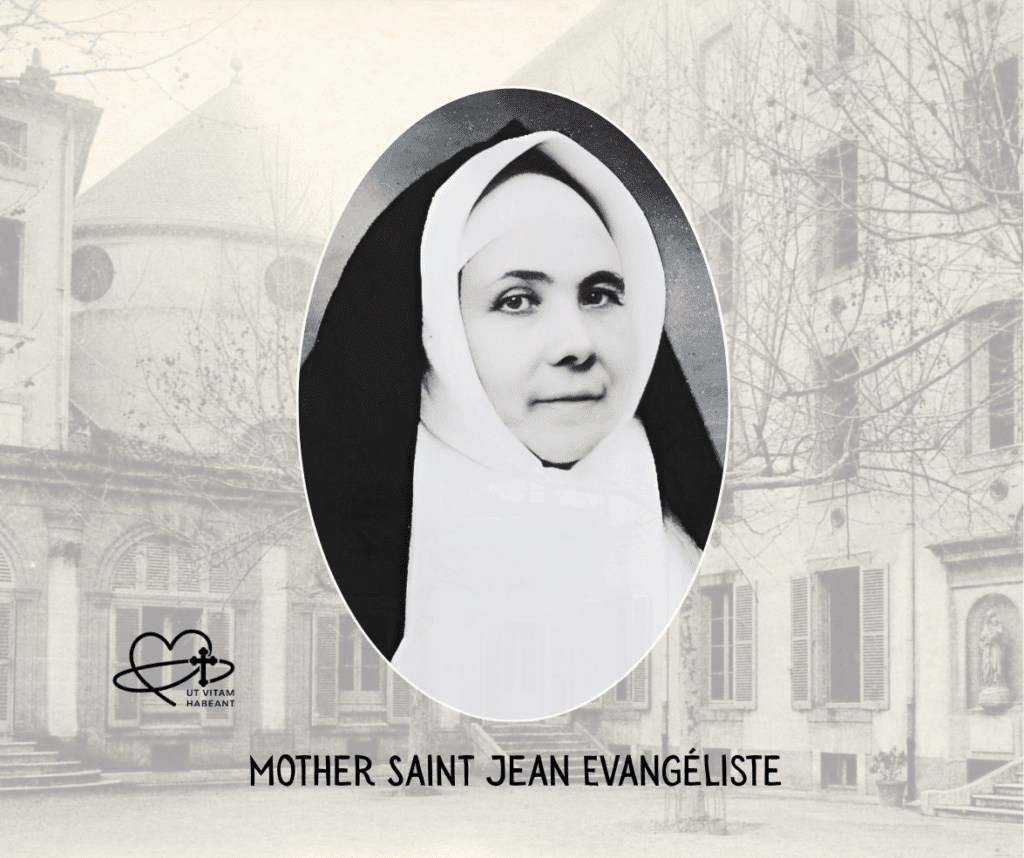
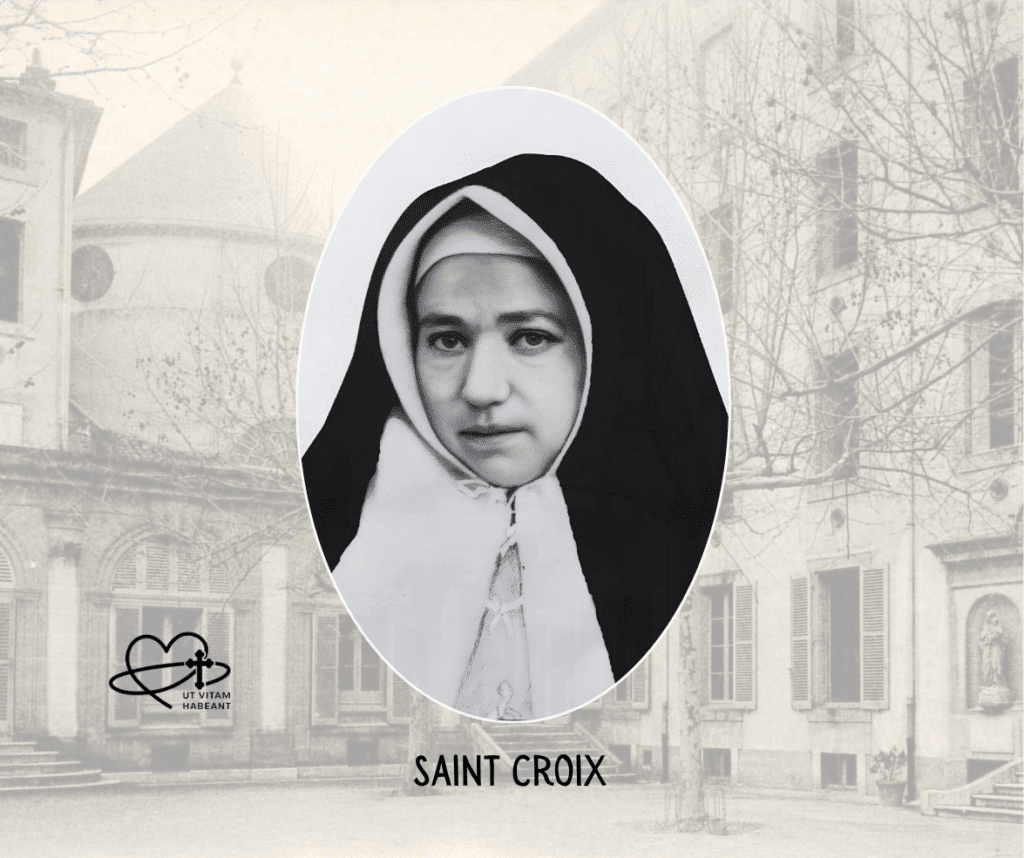
Eulalie Vidal (St. Croix) – The First to Follow
Born on August 25, 1815, in Meyrueis, France, Eulalie Vidal was nurtured in a home of deep Christian faith. Even as a child, she embraced simplicity, order, and devotion, gently guiding her sisters with a discipline that foreshadowed her future calling. By eighteen, she was the esteemed directress of a boarding school in Béziers, shaping the minds of girls from prominent families. It was there she encountered Father Jean Gailhac, her confessor, mentor, and spiritual guide. Trusting his vision fully, she offered herself to whatever mission God required. Eulalie became the first to formally join his cause, setting the path for others to follow. Her unwavering faith and steady leadership made her a pillar of the emerging congregation. As St. Croix, she would later become the second Superior General of the Religious of the Sacred Heart of Mary, carrying the flame of its founding spirit with humility, clarity, and a heart wholly given to God.
Marie Maymard (St. Félix) – The Scholar Called
Born on October 12, 1831, in Millau, France, Marie Maymard was raised in a devout family rich in religious tradition. Surrounded by faith, her early years were marked by quiet piety, academic excellence, and a heart attuned to God’s call. Her younger brother would one day serve as a priest at the Good Shepherd, sharing her devotion to the mission of Father Gailhac. After completing her education with distinction, Marie was approached by Eulalie Vidal, who, while passing through Millau, recognized in her a soul ready for consecrated life. Inspired by their encounter, Marie discerned God’s will in this unexpected invitation and joyfully accepted. Her decision marked the beginning of a life of profound service and spiritual leadership. As St. Félix, she would rise to become the third Superior General of the Religious of the Sacred Heart of Mary, shaping its path with wisdom, humility, and an unwavering commitment to the mission entrusted to her.
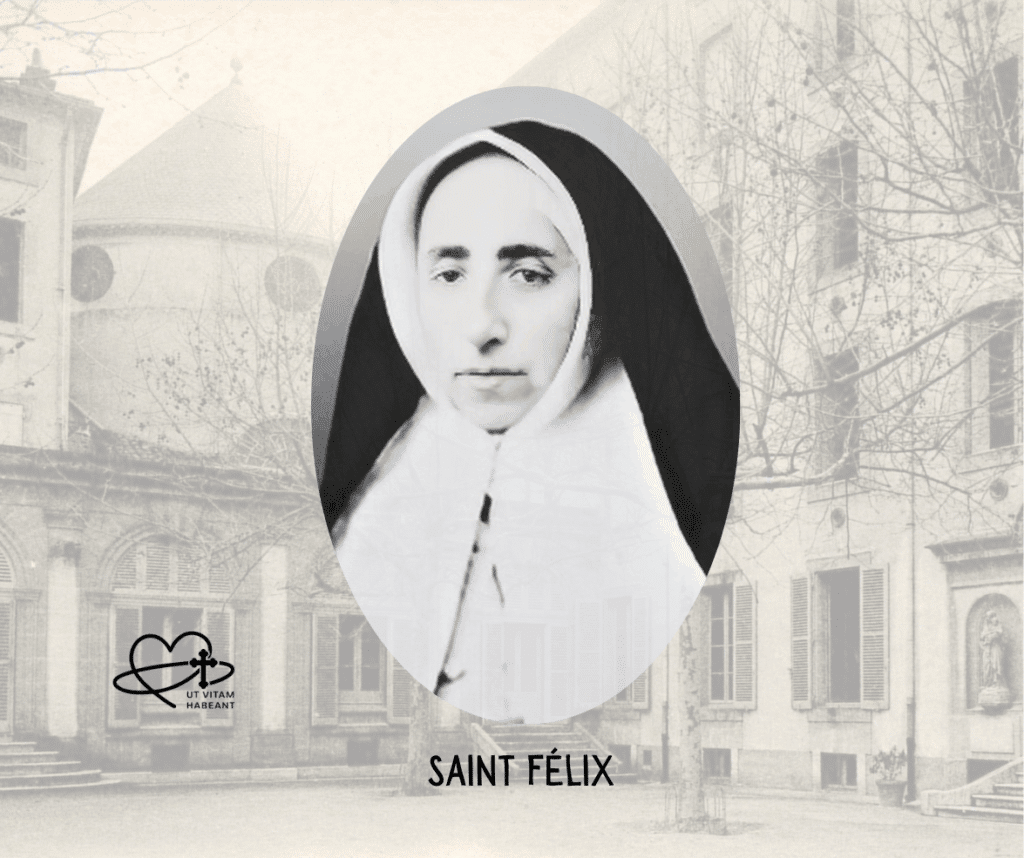
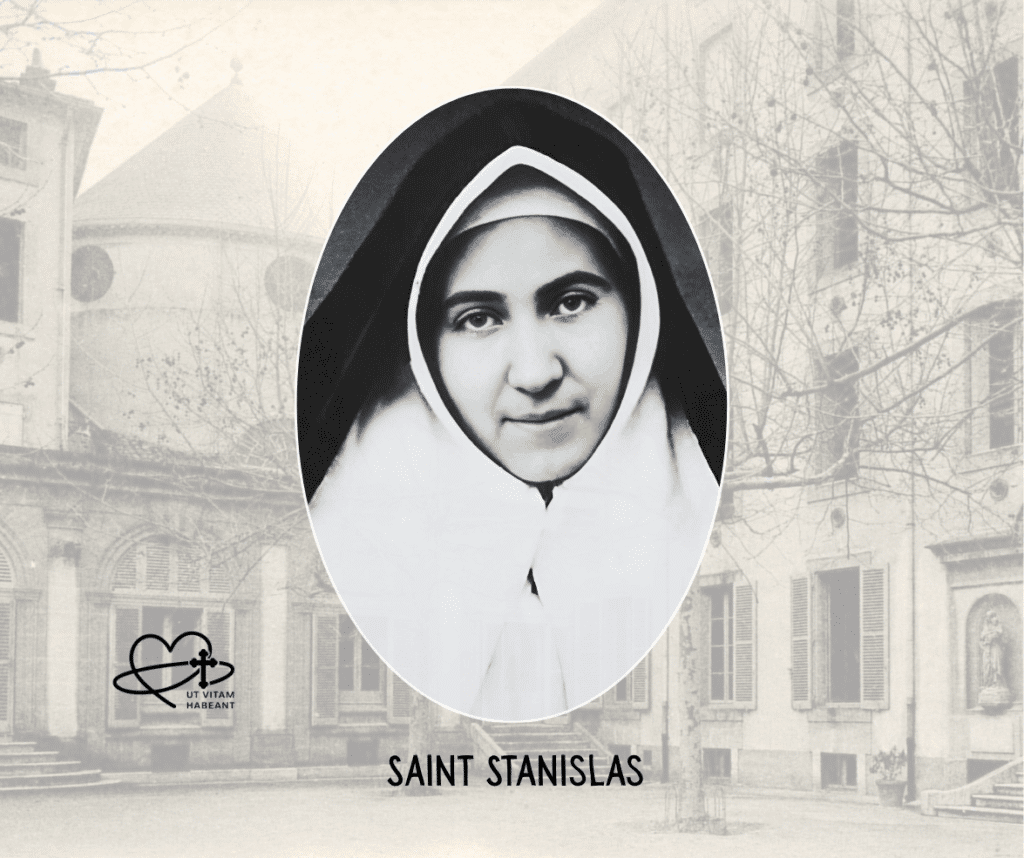
Rosalie Gibbal (St. Stanislas) – The Gentle Pillar
Born on September 11, 1825, in the village of Gabian, Rosalie Gibbal was raised in a devout Christian household known for its faith and integrity. Her brother Jean would later become a priest at the Good Shepherd, joining her in service to Father Gailhac’s mission. Rosalie was gentle, sincere, and generous—a soul naturally drawn to prayer and purpose. In Béziers, she encountered Father Gailhac, whose spiritual guidance she sought with trust and openness. A former student of Miss Eulalie Vidal’s boarding school, Rosalie was already shaped by the early stirrings of religious life. Moved by her devotion and discernment, Father Gailhac invited her to help found a new congregation. Rosalie embraced this call, seeing in it the path to making Christ known and loved. As St. Stanislas, she would become one of the earliest members of the Religious of the Sacred Heart of Mary, and a loyal companion to Eulalie, bound in friendship and faith.
Marie Roques (St. Agnès) – The Willing Heart
Born on May 20, 1825, in Révoltarié, Aveyron, Marie Roques came to Béziers in search of honest work and a life of deeper purpose. Employed as a servant, she lived simply, with a heart attuned to faith and virtue. In Father Gailhac, she found not only a spiritual guide but a visionary who saw in her the strength, purity, and devotion needed for a higher calling. When he shared his dream of founding a new religious congregation, Marie listened with reverence—and responded with joy. She embraced the invitation without hesitation, recognizing in it the voice of God. From that day forward, she considered herself consecrated to a life of love, service, and fidelity. As St. Agnès, Marie would become one of the earliest members of the Religious of the Sacred Heart of Mary, carrying forward the mission with quiet resolve and unwavering faith, her life a living echo of the call she once received.
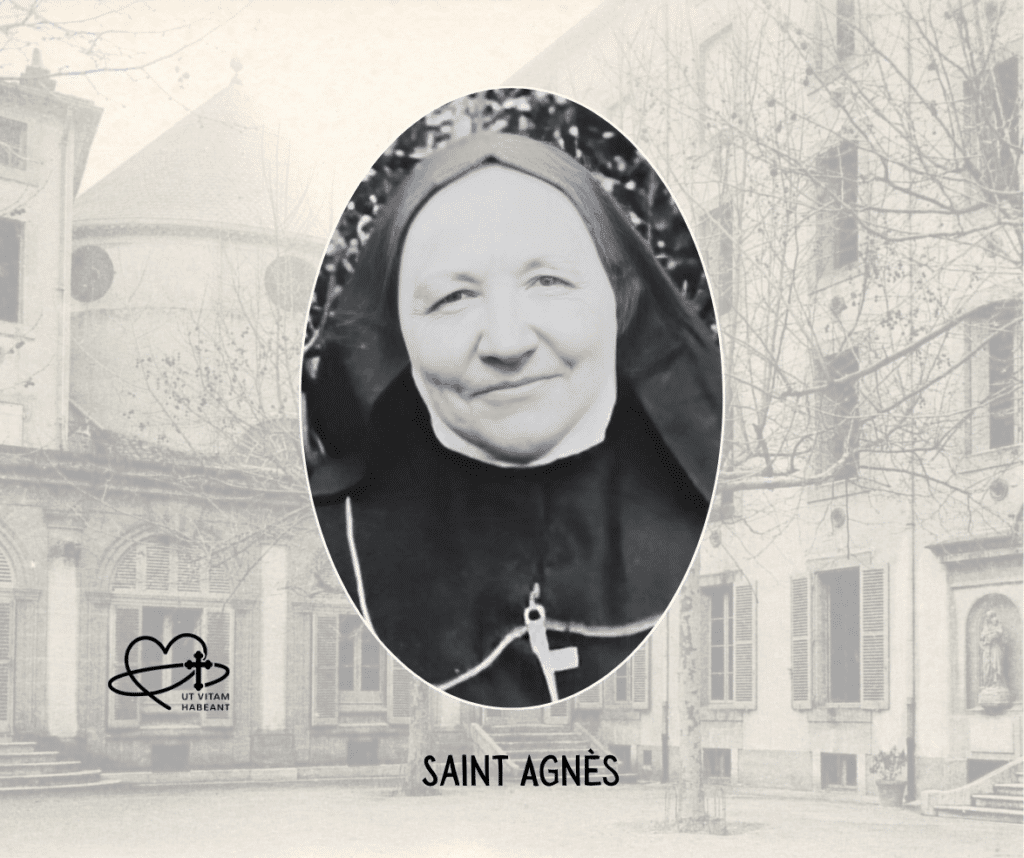
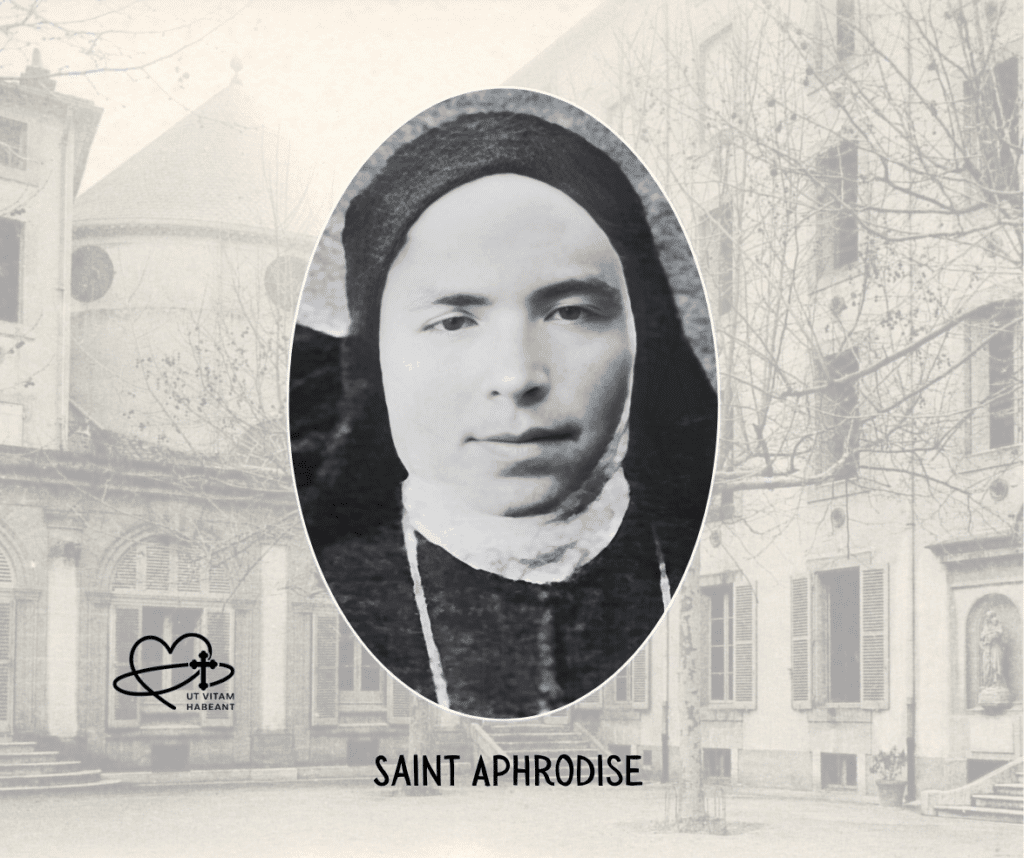
Cécile Cambon (St. Aphrodise) – The Humble Servant
Born on May 16, 1813, in Cambret, Cécile Cambon was the daughter of humble peasants, orphaned young and seeking a new path. She moved to Béziers and worked as a housemaid—quiet, faithful, and deeply rooted in the dialect of her childhood. Though she never mastered French, her devotion needed no translation. She found spiritual refuge in Father Gailhac, whom she trusted as her confessor. Seeing her steadfastness and humility, he invited her to join the Good Shepherd. Cécile embraced the mission, often walking village roads with her donkey, begging for provisions. She endured cold, hunger, and exhaustion, returning to wash laundry late into the night. Despite hardship, her spirit remained joyful and grounded in service. Sensing a divine call, she expressed her desire to consecrate her life to God. As St. Aphrodise, Cécile became a founding member of the Religious of the Sacred Heart of Mary, her quiet strength woven into the heart of its mission.
Rose Jeantet (St. Modeste) – The Quiet Flame
Born on April 30, 1812, in Béziers, Rose Jeantet was shaped by poverty, humility, and quiet strength. Working as a housemaid from a young age, she found in Father Gailhac a trusted confessor and spiritual guide. When he sought help at the Refuge of the Good Shepherd, Rose felt the stirrings of a divine call. She left her position and joined the mission wholeheartedly, taking on every task with devotion—from managing the household to seeking alms door-to-door, often with her faithful donkey by her side. Her selflessness and constancy made her a pillar of daily life at the Refuge. When Father Gailhac shared his vision for a religious congregation, Rose accepted with joyful resolve. The waiting period before its founding became, for her, a sacred time of service and preparation. As St. Modeste, she would become one of the first sisters of the Religious of the Sacred Heart of Mary, her life a quiet testimony to love in action.
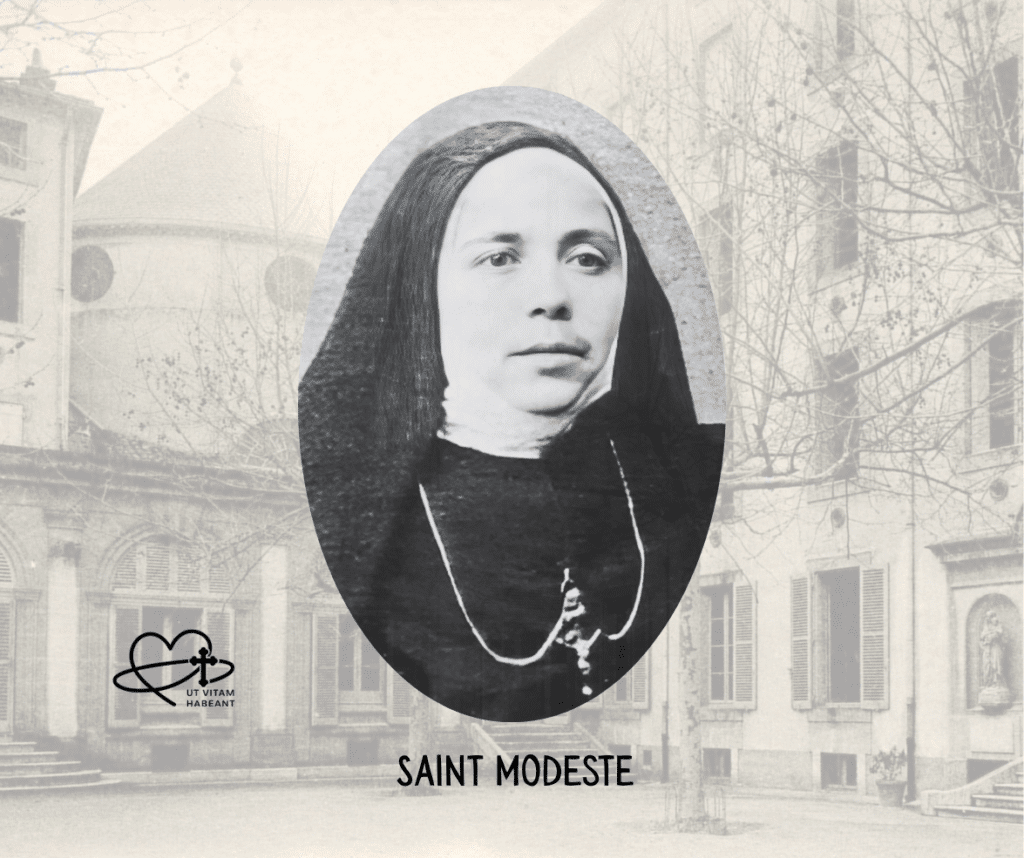
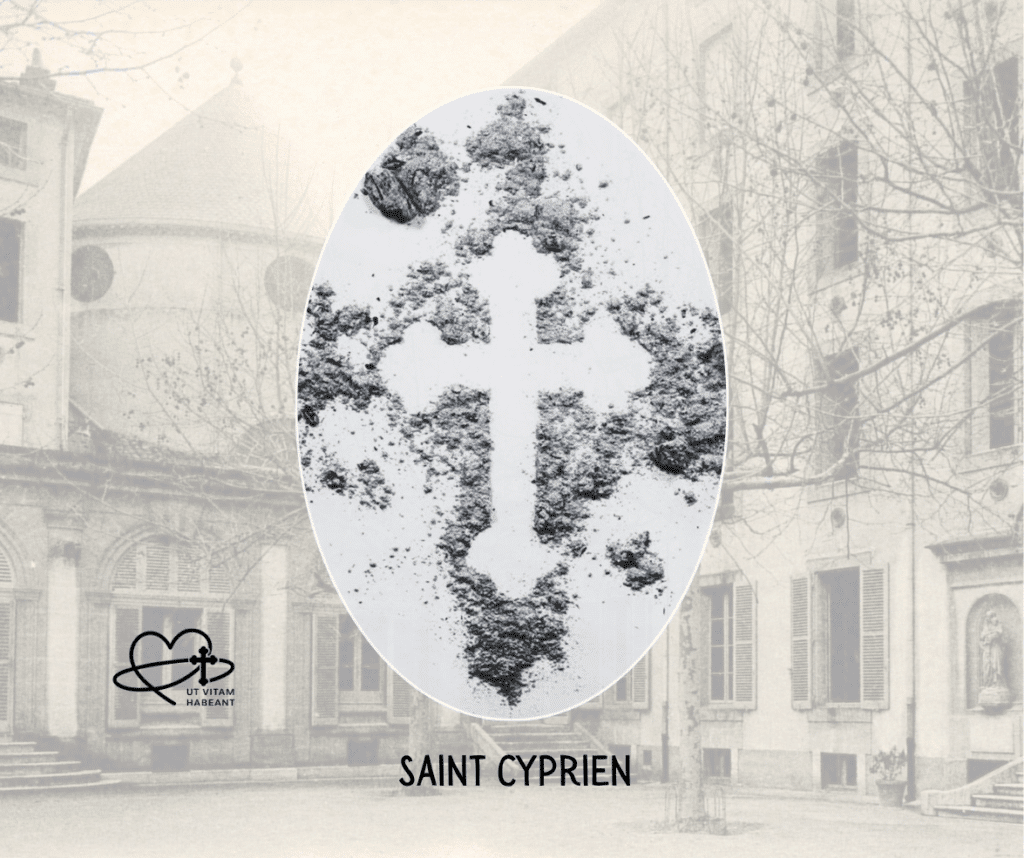
Jeanne Froment (St. Cyprien) – The Hidden Flame
Jeanne Froment, born in Anglards (Cantal), emerged from a devout Christian family, though little is recorded of her early years. What shines clearly is the depth of her faith—lively, humble, and sincere. In Father Gailhac, she found a spiritual companion whose vision stirred something within her. As her vocation awakened, she confided her desire to dedicate her life to God. Father Gailhac, recognizing her devotion, invited her to join the religious community he was forming. Jeanne accepted with quiet joy, offering herself fully to the mission. On September 15, 1849, she entered the congregation alongside Marie Maymard, stepping into a life of consecration and service. As St. Cyprien, Jeanne’s gentle spirit and wholehearted commitment helped shape the early character of the Religious of the Sacred Heart of Mary, where her quiet strength, hidden from history’s spotlight, still echoes in the enduring work of love, humility, and faith she helped bring to life.

